IoT is the future
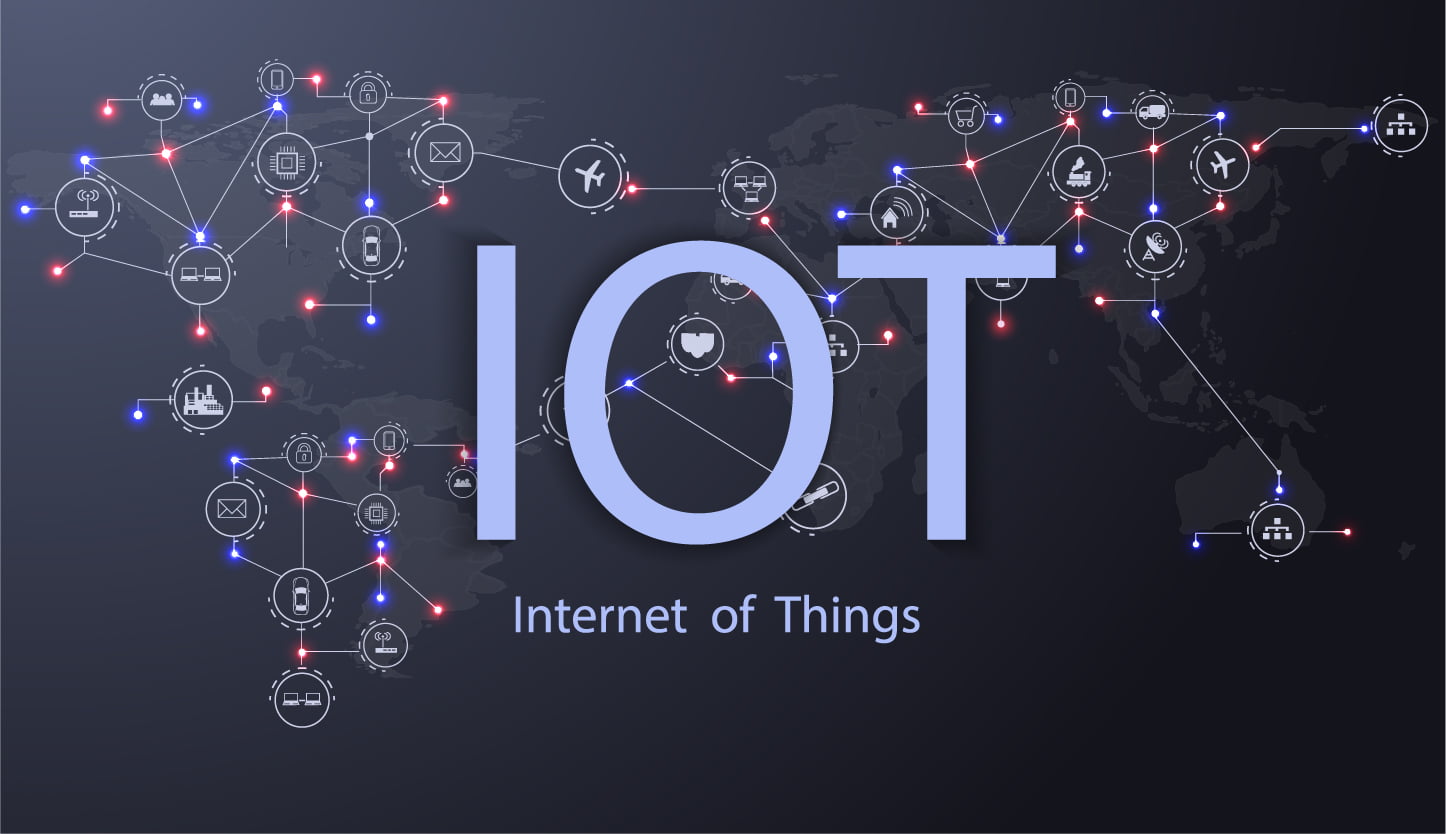
What is the Internet of Things?
Simply, the Internet of Things (IoT) is made up of devices that are connected together and transmit data without human intervention. This concept has vastly changed our world, enables anytime, anyplace connectivity for anything. The IoT network allows communication between human-to-human, human-to-things, and things-to-things, which includes anything in the world. By converting all passive things around us to active things that share information about themselves, IoT enables us to understand them better than ever before and thereby helps us to bring about huge improvements in everything we do. Thereby, it is no surprise that since the last decade, the market analysts have forecasted 30 billion things to be associated with loT at the end of 2020, which will increase to 75 billion by 2025.
The role of IoT in emission monitoring
Air pollution is a vital problem as a result of the emission of various gases and dust from vehicles, industry, and volatile chemical compounds. In this case, the transport sector is significantly responsible for air pollution and contributes from 12% to 70% of air pollution. Hence, continuous monitoring is essential to control excessive emissions from vehicles. In this case, loT technology can be deployed to measure the magnitude of vehicular exhaust pollutants or check the exhaust after-treatment performance and notify the vehicle owner and administration about the emission level, as well as recommend further action. Besides, many regulations are set to control emission in marine, on-road, and off-road transportation and thus vehicle motors are now inspected periodically. IoT, in this regard, plays a vital role for customers to monitor engine performance and be aware of any defect in the system. Such capability brings IoT monitoring from the edge to the core of a business.
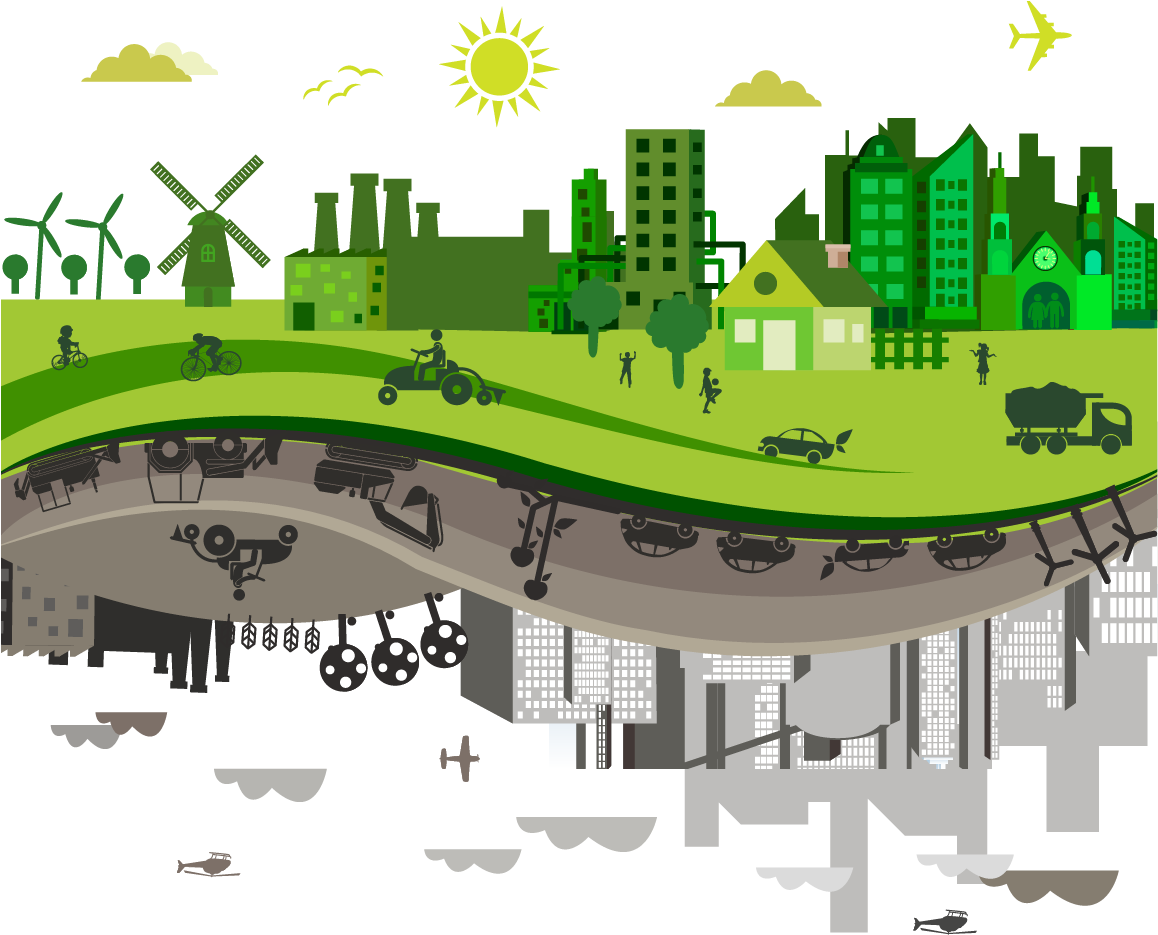
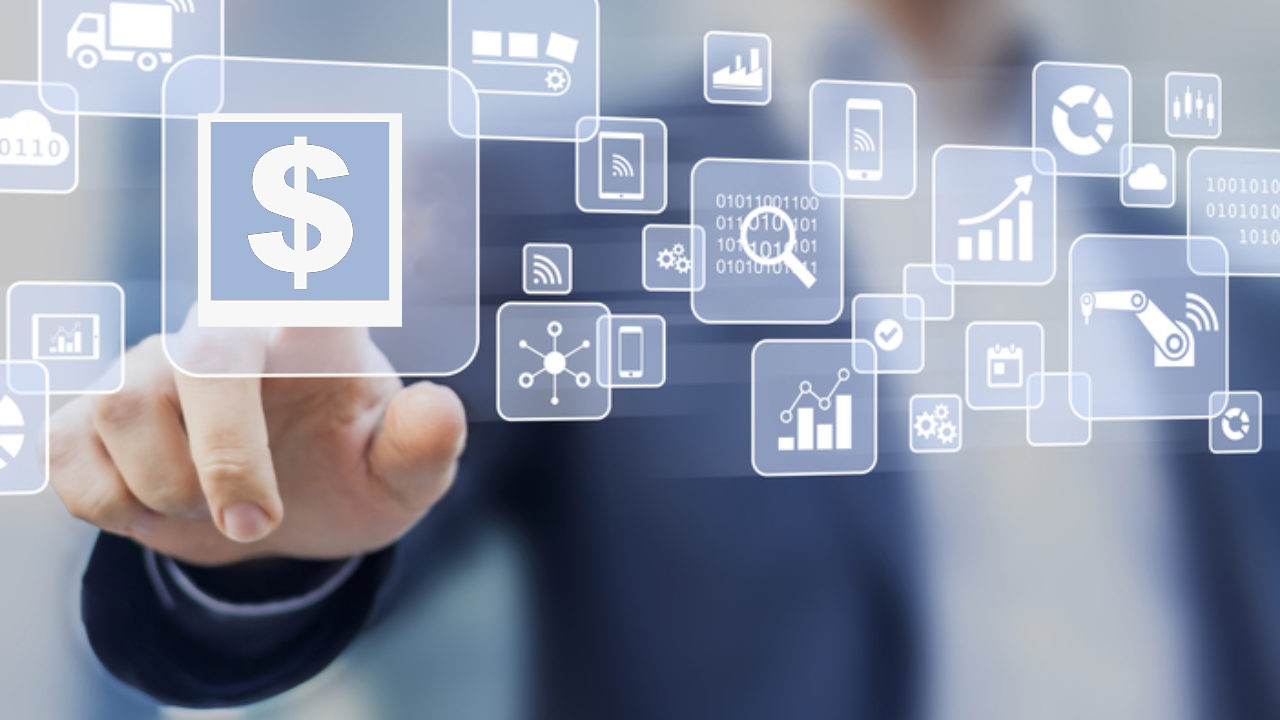
Why IoT is important to your business?
When we say things talk together and talk to you means that there is a continuous and wireless data transferring system that enables you to continuously monitor real-time data. IoT objects sense their physical environment and provide businesses with a real-time look into how their systems really work, delivering insights into everything about their performance. This can be considered as a huge leap toward gathering, analyzing and distributing data that you can turn into information, knowledge, and, ultimately, wisdom.
That is the reason why most modern enterprises are already leveraging IoT to automate and simplify many of their daily tasks. The IoT focuses on automation not just to lower operating costs but also to increase productivity, improve business processes, enhance customer experience, expand to new markets, and generate additional revenue streams.
Here are a few features of IoT that make it essential to your business;
Access valuable data at low cost
IoT platforms are designed to collect and process large volumes of data without causing any impact on system performance. Along with data collection, IoT has the ability to perform analytics on the data and make it readily available to all beneficiaries. This eliminates the need to hire expensive business consultants or market research firms.
Analyze big data
Since IoT generates and analyzes vast amounts of data, it is a significant driver of big data analytics projects. In particular, it can deliver large amounts of data in real-time. This gives businesses a thorough picture of how their products and services are performing in the real world, allowing them to make the necessary improvements rapidly.
research firms.Introduce remote working options
With the help of IoT, it is easy to share information and collaborate effectively with other team members, no matter where they are. Data can be collected, updated, and shared with all the relevant team members in real-time, with the touch of a button. Through various IoT devices, it is possible to monitor the performance of all assets as well as improve operations at all locations.
Predictive maintenance
The importance of assets for a company is undeniable because without assets no company is able to complete the work order. In addition, unplanned downtime of machinery equipment or devices would degrade or interrupt a company’s core business, potentially resulting in significant penalties and unmeasurable reputation loss. Therefore, assets are considered the backbone of any organization. IoT solutions coupled with machine learning and big data make it possible to predict failure in your asset's performance. Such approaches not only significantly reduce the unexploited downtime and expensive labor costs but also ensure safe operation and optimize the maintenance plan.
How does IoT work ?
IoT ecosystem comprises a wide range of knowledge and objects, from electronics and software to sensors, actuators, and network connectivity, which enables nodes (objects) to collect and exchange data using embedded sensors. This whole process is executed in four key functional elements, namely, the Sensing Layer, Connecting Layer, Analyzing Layer, Data Transferring/Aggregating Devices, and Interfacing Layer.
Herein the sensing element is sensors, actuators, or similar objects to receive physical information and transfer it to other devices by electrical/radio signals. This element has a crucial role in collecting data from the sampling points. Sensing devices are widely used in vehicles to collect information about engines, exhaust pipes, and so forth.
The connecting layer is responsible for establishing the connection between receiving and transferring terminals for carrying collected, and analyzed data from the delivery points to the desired destination points such as internet and cloud server.
Analyzing tool is used to analyze useful information and patterns from the collected data supplied by the sensor as per given pre-defined instructions and computational models.
Data transferring/aggregating devices are responsible for data aggregation, and transmission by establishing interconnections among sensors and end-user terminals like remote routers.
The interface layer is employed to show relevant outputs after data transfer and analysis. Many appliances to support its functionality covers mobile displays, personal computers, printers, and so forth. Final users are engaged with this layer known as the front-end, whereas the back-end is the device-to-Internet cloud communication.
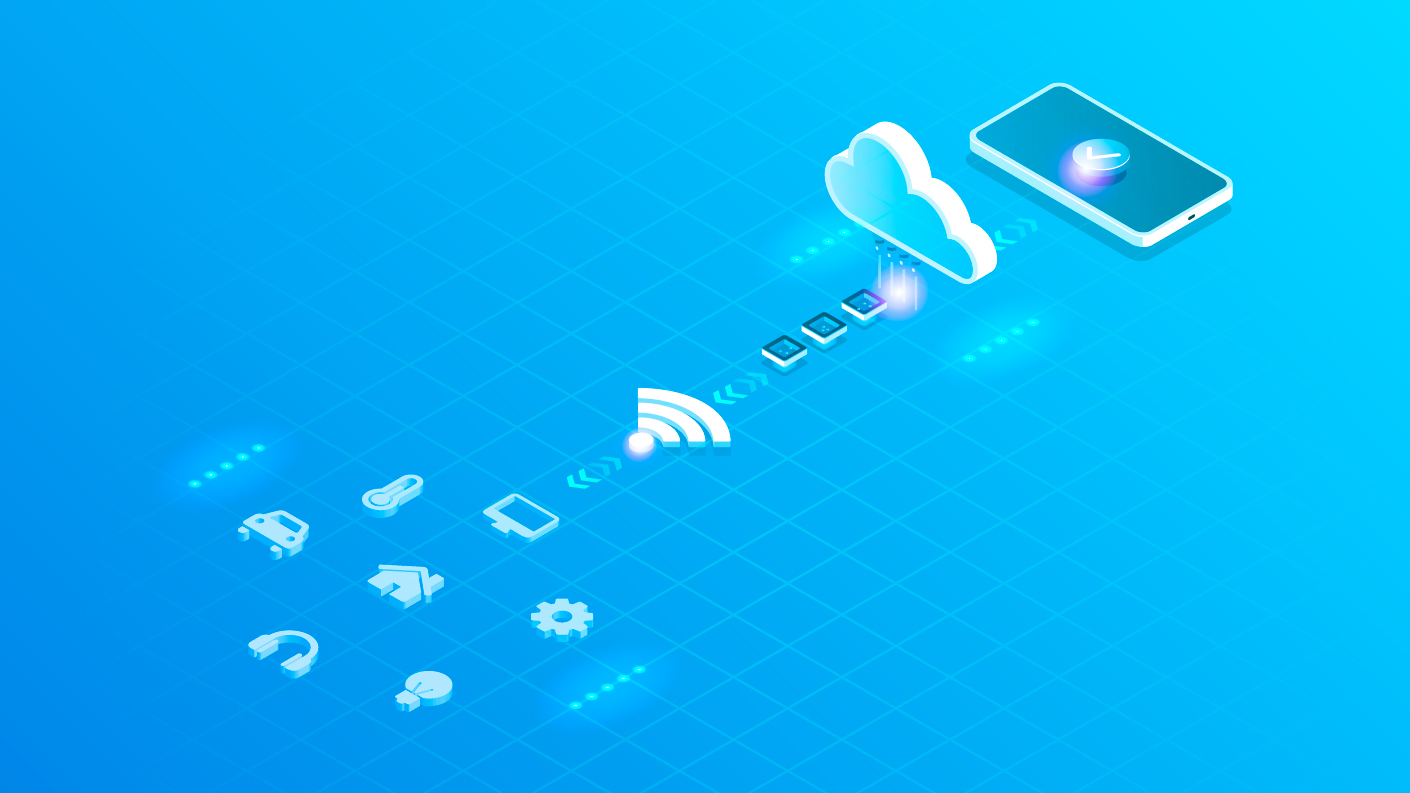

What does IP-Engineering offer you?
Our primary aim in this section is to provide our customers with the latest IoT solutions so that they can increase efficiency, cut costs, meet regulatory compliance, and deploy new business models.
Continues engine emission monitoring system
Our IoT solutions collect exhaust temperature, back pressure, engine RPM, lambda, Nox, PM, OBD2, and other parameters according to requirements, and stores them on a predefined cloud-based server. Empowered by a GPS unit, this system allows you to track unlimited vehicles in different locations and receive alarm notifications. Our Over-The-Air technology gives you this opportunity to update and promote the system anywhere, anytime. This enables you to pass relevant regulatory compliance audit & inspection.
Predictive maintenance
We offer you solutions to dispense with a constant struggle with your assets to maintain them. Instead, you can benefit from a smart algorithm in which you can be informed about any possible failure in your machine system. The core of predictive maintenance is IoT solution and machine learning which consists of three phases:
- Collecting historical database including failure data
- Finding patterns, trends, correlation between parameters
- Identify critical parameters
- Model training
- Model testing
- Validation
- Collecting data through continuous monitoring
- Analyzing data using smart algorithm
- Predicting if the asset requires repair, servicing, or replacement
* Historical Data acquisition;
* Model building;
* Predicting using real-time data;
Customizing products
By knowing your preferences, IP-Engineering is dedicated to applying your customized product. Our IoT solution team enables you to benefit from all-in-one solutions based on your needs and requirements. In this way, you do not need to struggle with different devices and systems which will result in saving time, money, workforce, and energy.
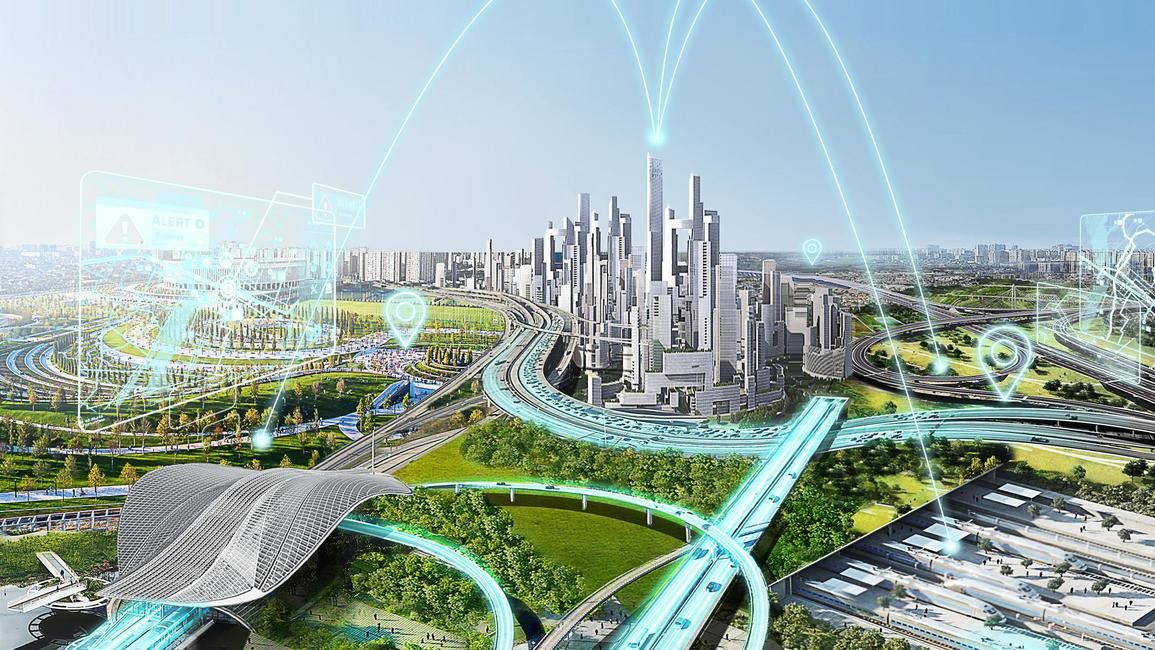
IoT & clean transport
Air pollutants can be generally divided into three sections including; Criteria Air Pollutants (Carbon Monoxide (CO), Lead (Pb), Nitrogen Dioxide (NO2), Ground-level Ozone (O3), Particulate Matter (PM) and Sulfur Dioxide (SO2)), Greenhouse Gases (GHGs: Carbon dioxide (CO2), Methane (CH4), Nitrous oxide (N2O), Fluorinated gases) and Hazardous Air Pollutants (e.g. benzene, which is found in gasoline). Emissions of such pollutants can threaten human health (cause the onset of asthma, as well as other respiratory symptoms, lung function, and cardiovascular mortality and morbidity), damage ecosystems, and reduce well-being.
The world's transportation fleet—passenger cars and light trucks, heavy trucks and buses, motorcycles and scooters and three-wheelers, farm tractors and construction equipment and ships—is a massive source of outdoor air pollution. This sector significantly contributes to GHGs (from 23 to 28 percent), Co (21 percent), NOx (55 percent), PM10 (15 percent), PM2.5(20 percent), and SOx (13 percent) emissions.
Here, in IP-Engineering we provide IoT solutions in three transport sectors including marine, on-road, and off-road.
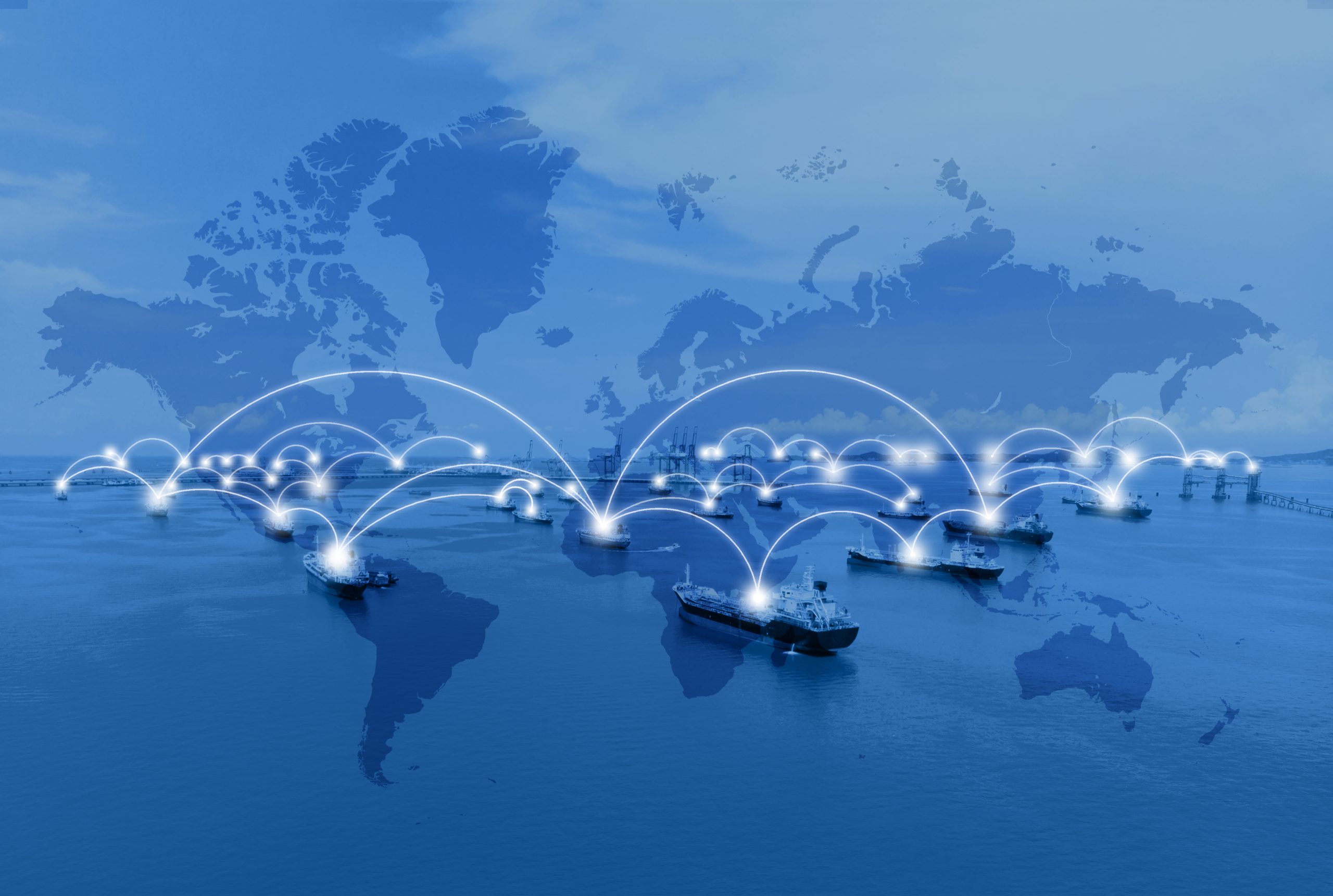
IoT in shipping and marine vehicles
The International Convention for the Prevention of Pollution from Ships (MARPOL), 1973 as modified by the Protocol of 1978, is the main international convention covering the prevention of pollution of the marine environment by ships from operational or accidental causes. MARPOL was developed through the International Maritime Organization (IMO), a United Nations agency that deals with maritime safety and security, as well as the prevention of marine pollution from ships. MARPOL is the main international agreement covering all types of pollution from ships. Air pollution from ships is specifically addressed in Annex VI of the MARPOL treaty. Annex VI includes requirements applicable to the manufacture, certification, and operation of vessels and engines, as well as fuel quality used in vessels. The international air pollution requirements of Annex VI establish limits on nitrogen oxides (NOx) emissions and require the use of fuel with lower sulfur content, protecting people's health and the environment by reducing ozone-producing pollution, which can cause smog and aggravate asthma. Moreover, the new amendments include significant and progressive limits for Sulfur Oxide (SOx) and NOx emissions from marine engines and for the first time address emissions of Particulate Matter (PM). Regarding these emissions, the amendments introduce the concept of Emission Control Areas (ECA) for both SOx and PM or NOx or all three types of emissions.
IoT, in this regard, helps you monitor data from the engine and fuel rooms that subsequently optimize vessel performance, saves money in the long term, and reduces emissions. IoT solutions, offered by IP-Engineering, empower marine businesses to benefit from real-time monitoring of engine performance and continuously check relevant regulatory compliance. Besides, our IoT solutions will reduce your costs by scaling down maintenance costs, reducing technical downtime, and decreasing fuel consumption. IoT also suggests new business models and opens up new value streams, as well as improves quality and efficiency of logistics.

IoT in on-road vehicles
On-road transport vehicles including heavy-Duty engines and Light-Duty engines such as Passenger Vehicles, Commercial Trucks and buses, are of great source of emissions. Emission standards around the world are now aiming to significantly reduce emissions from on-transport by implementing strict regulations. In addition, vehicle performance needs to be continuously monitored to prevent any possible downtime in the system. From this perspective, IoT solutions bring tremendous capabilities to companies, enable them to both control emission status as well as monitoring engine efficiency.
In IP-Engineering, we aim to bring cutting-edge IoT solutions in a user-friendly interface to your business which give you this opportunity to achieve real-time monitoring of your entire system.
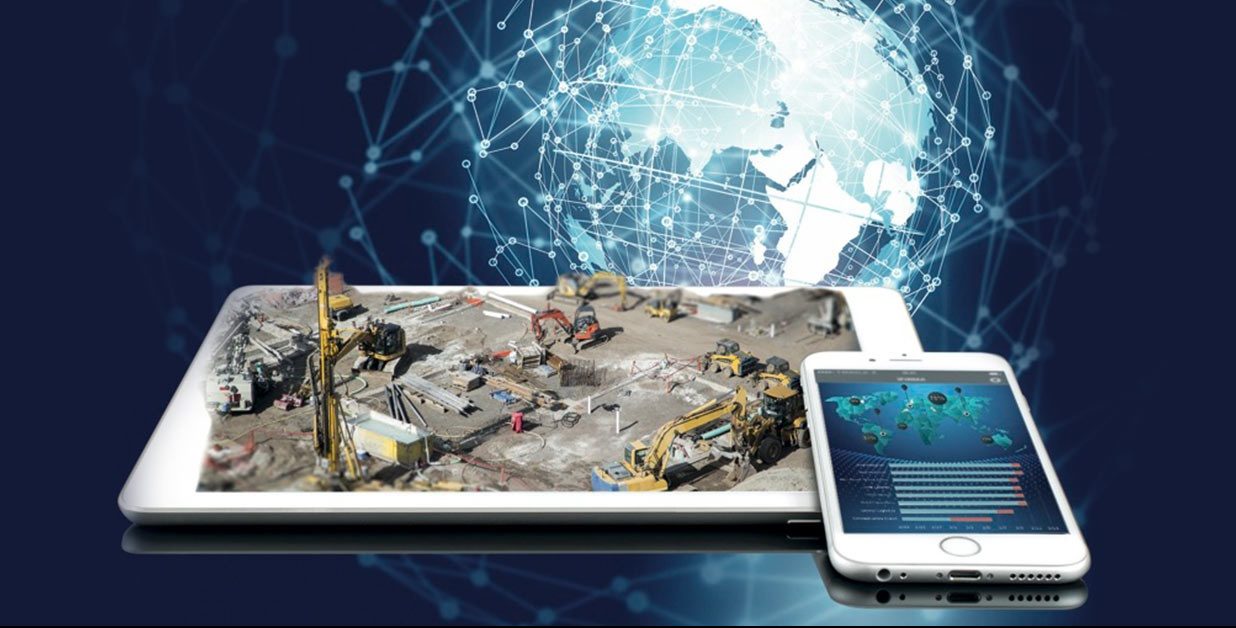
IoT in off-road applications
Off-road vehicles contain a wide range of equipment including excavators and other construction and mining equipment, farm tractors and other agricultural equipment, utility equipment such as generators, and recreational vehicles such as snowmobiles, off-highway motorcycles, and all-terrain vehicles.
Off-road vehicles, mainly agricultural, construction and mining equipment, are a key source of pollution in many countries and regions: In the United States, they account for almost three-quarters of the fine particulate matter (PM2.5) and one-quarter of the nitrogen oxides (NOX) emitted from mobile sources. In Europe, non-road vehicles contribute approximately one-quarter of the PM2.5 and more than 15% of the NOx emitted from mobile sources.
Providing embedded sensors and Internet connectivity in heavy equipment, IP-Engineering is helping manufacturers, contractors, and fleet managers to continuously collect and analyze data. The real-time can be used to improve operator behavior, track fuel use, engine efficiency, predict maintenance, and reduce machine downtime.

